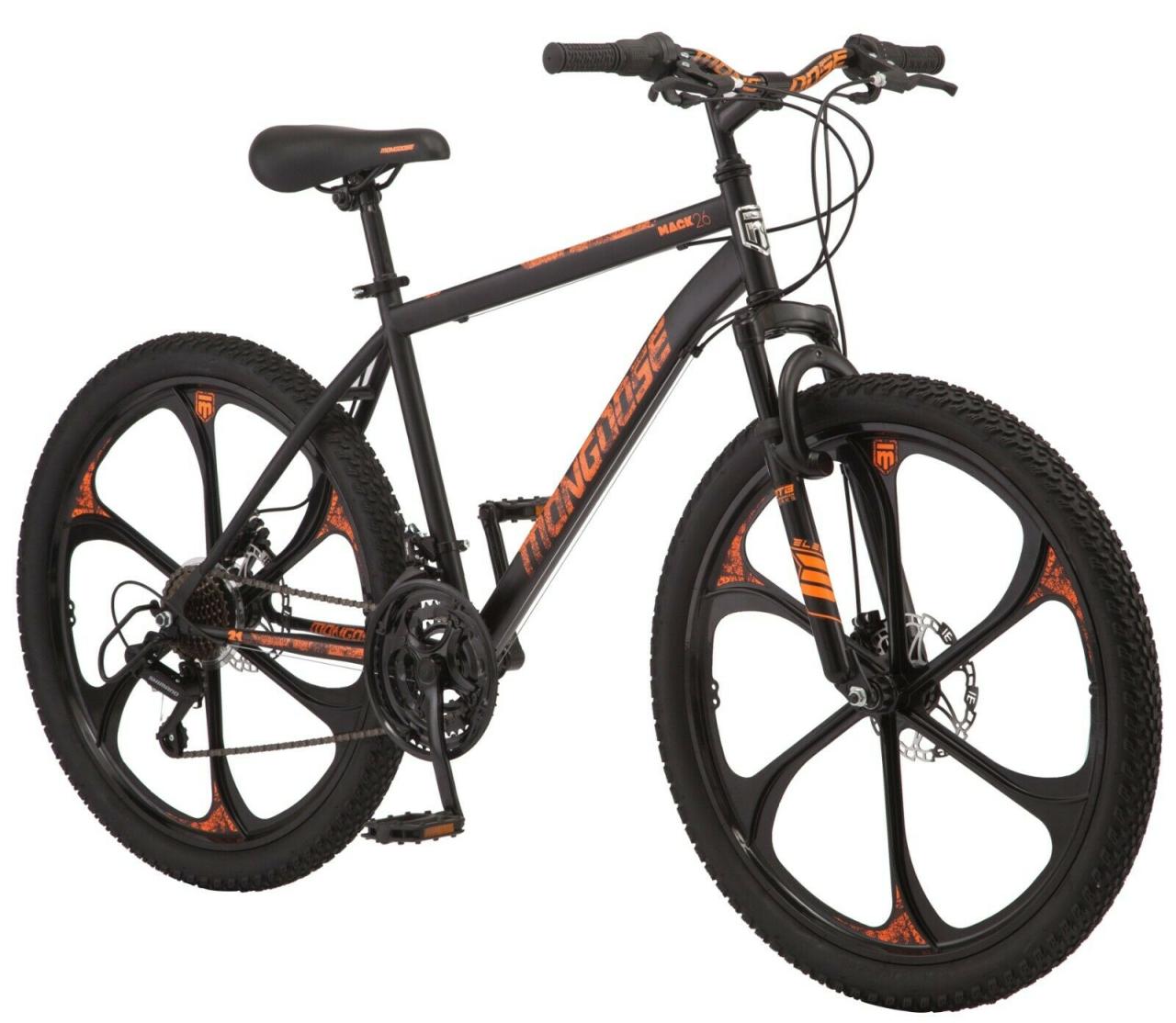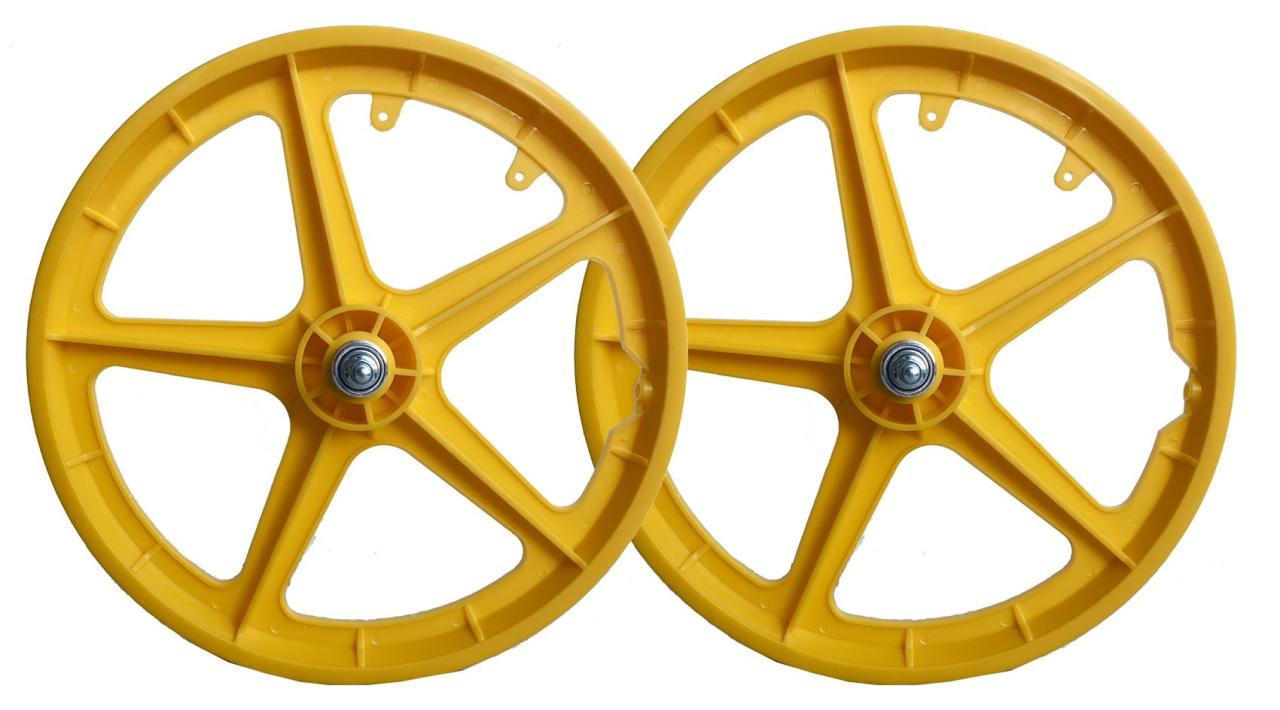20 bike wheels with disc brakes are revolutionizing the cycling experience, offering riders unparalleled braking performance, stability, and durability. These wheels combine the advantages of 20-inch wheels with the superior stopping power of disc brakes, creating a dynamic and reliable ride.
As we delve into the world of 20 bike wheels with disc brakes, we’ll explore their benefits, maintenance requirements, and how to choose the perfect set for your cycling needs. Get ready for an exciting journey as we discover the world of enhanced cycling performance.
Bike Wheel Overview

Bike wheels are fundamental components of a bicycle, enabling riders to propel themselves forward and navigate various terrains. They play a crucial role in determining the overall performance, comfort, and handling characteristics of the bike.
The evolution of bike wheels has witnessed significant advancements, from wooden rims in the early days to lightweight, aerodynamic designs incorporating advanced materials and technologies. Today, a wide range of bike wheels is available, catering to different cycling disciplines and rider preferences.
Types of Bike Wheels
Bike wheels vary in materials, sizes, and designs to meet the specific demands of different cycling disciplines. The primary materials used in wheel construction include aluminum, carbon fiber, and steel, each offering unique advantages and drawbacks.
- Aluminum Wheels:Lightweight, durable, and affordable, aluminum wheels are a popular choice for various cycling disciplines.
- Carbon Fiber Wheels:Exceptionally lightweight and aerodynamic, carbon fiber wheels are often used in high-performance racing applications.
- Steel Wheels:Strong and relatively inexpensive, steel wheels are commonly found on entry-level bikes and are suitable for casual riding.
Wheel sizes are typically measured in inches, with the most common sizes being 26 inches, 27.5 inches, and 29 inches. Larger wheels offer improved rolling efficiency and stability, while smaller wheels provide greater maneuverability.
Wheel designs also vary, with different spoke counts, lacing patterns, and rim profiles. Spoke count affects the wheel’s strength and stiffness, while lacing patterns influence its durability and responsiveness. Rim profiles can impact aerodynamic efficiency and tire compatibility.
Disc Brakes on Bike Wheels

Disc brakes have become increasingly popular on bike wheels, offering several advantages over traditional rim brakes. They provide more stopping power, are less affected by wet weather, and require less maintenance.
Types of Disc Brakes
There are two main types of disc brakes used on bike wheels: hydraulic and mechanical.
- Hydraulic disc brakesuse a hydraulic fluid to transmit force from the brake lever to the brake caliper. This provides a more powerful and consistent braking force than mechanical disc brakes.
- Mechanical disc brakesuse a cable to transmit force from the brake lever to the brake caliper. They are less powerful than hydraulic disc brakes but are also less expensive and easier to maintain.
Maintenance and Care
Disc brakes require regular maintenance to ensure they are functioning properly. This includes checking the brake pads for wear, cleaning the brake rotors, and bleeding the hydraulic system (if applicable). It is important to follow the manufacturer’s instructions for maintenance and care to ensure the brakes are safe and effective.
Benefits of 20 Bike Wheels with Disc Brakes
Upgrading to 20-inch bike wheels with disc brakes offers a range of advantages that enhance the overall cycling experience. From improved braking performance to increased stability and durability, these wheels provide significant benefits for both casual riders and enthusiasts alike.
In terms of braking performance, disc brakes provide superior stopping power compared to traditional rim brakes. This is due to the fact that disc brakes apply force directly to the wheel’s rotor, resulting in more efficient and controlled braking, even in wet or muddy conditions.
Enhanced Stability
The larger diameter of 20-inch wheels provides greater stability, making them ideal for navigating uneven terrain or carrying heavy loads. The increased wheel size helps to absorb shocks and vibrations, providing a smoother and more comfortable ride.
Increased Durability
Disc brakes are more durable than rim brakes, as they are less prone to wear and tear. The brake pads are protected from dirt and debris, which extends their lifespan and reduces the need for frequent maintenance. Additionally, the robust construction of disc brake systems ensures reliable performance even in demanding conditions.
Maintaining your vehicle’s braking system is crucial for safety. To tackle brake repairs effectively, you’ll need the right tools and supplies. For a thorough brake cleaning, a 55-gallon drum of brake cleaner is an essential investment. Additionally, when replacing brake lines, ensure you have the proper fittings.
A 3/16 brake line compression fitting is essential for creating secure and leak-proof connections.
Examples and Testimonials
Many reputable bike brands offer models equipped with 20-inch wheels and disc brakes. For instance, the Giant Talon 20 is a popular mountain bike that features 20-inch wheels and hydraulic disc brakes, providing excellent braking power and control on rough trails.
Cyclists who have used 20-inch bike wheels with disc brakes often praise their improved braking performance and stability. One user commented, “The disc brakes on my 20-inch bike wheels make me feel much more confident when riding downhill or in wet conditions.”
Considerations for Choosing 20 Bike Wheels with Disc Brakes
When selecting 20-inch bike wheels with disc brakes, several key factors should be taken into account to ensure optimal performance and suitability for your cycling needs. These include the type of bike, riding style, and terrain you will be encountering.
Bike Type, 20 bike wheels with disc brakes
The type of bike you have will influence the compatibility and effectiveness of 20-inch wheels with disc brakes. Road bikes, mountain bikes, and hybrid bikes all have different requirements and considerations when it comes to wheel selection.
Apakah Anda sedang mempersiapkan kendaraan Anda untuk pemeriksaan atau sekadar ingin menjaga rem tetap optimal? Untuk pekerjaan pemeliharaan rem yang efektif, sangat penting untuk memiliki alat yang tepat. Drum pembersih rem berukuran 55 galon sangat penting untuk menghilangkan kotoran dan minyak yang menumpuk dari sistem pengereman.
Selain itu, fitting kompresi saluran rem 3/16 sangat penting untuk memastikan sambungan yang aman dan kedap udara pada saluran rem.
Riding Style
Your riding style also plays a role in choosing the right 20-inch bike wheels with disc brakes. If you prefer leisurely rides on paved roads, you may opt for wheels with a narrower rim width and slick tires. For more aggressive riding on off-road trails, wider rims and knobby tires will provide better stability and traction.
Terrain
The terrain you will be riding on will determine the type of 20-inch bike wheels with disc brakes you need. If you mostly ride on smooth asphalt, wheels with a smaller diameter and thinner tires will suffice. For rougher terrain, larger diameter wheels with wider tires will offer more cushioning and control.
Maintenance and Care for 20 Bike Wheels with Disc Brakes

Proper maintenance and care are crucial to ensure optimal performance and longevity of 20-inch bike wheels equipped with disc brakes. Here’s a comprehensive guide to help you keep your wheels in top condition:
Cleaning
Regular cleaning is essential to remove dirt, debris, and brake dust that can accumulate on the braking surfaces. Use a mild detergent and water, and avoid using harsh chemicals or abrasive cleaners that can damage the components.
Inspection
Inspect the brake pads regularly for wear and tear. Replace them when the thickness reaches the wear indicator or becomes less than 1/8 inch. Also, check the rotors for any signs of warping or damage. If necessary, have them trued or replaced.
Adjustment
Disc brakes require occasional adjustment to maintain proper spacing between the pads and rotors. Use a dedicated brake adjustment tool or consult a bike mechanic for precise alignment. Ensure the brakes engage smoothly and without any rubbing or excessive noise.
Lubrication
Lubricate the moving parts of the disc brake system, such as the caliper pivots and cable housing, to reduce friction and improve performance. Use a light, bicycle-specific lubricant and avoid over-lubrication.
Tips for Extending Lifespan and Optimizing Performance
- Avoid riding in wet or muddy conditions as much as possible, as these can accelerate wear and tear on the braking components.
- Store your bike in a dry and clean place to prevent corrosion.
- Have your bike wheels serviced by a qualified bike mechanic regularly for professional maintenance and adjustments.
- Use high-quality brake pads and rotors designed specifically for 20-inch bike wheels with disc brakes.
Closing Notes
In conclusion, 20 bike wheels with disc brakes are an exceptional choice for cyclists seeking a combination of performance, stability, and durability. Whether you’re a seasoned pro or a recreational rider, these wheels will elevate your cycling experience. So, if you’re ready to upgrade your ride, consider investing in 20 bike wheels with disc brakes and experience the difference they make.
Answers to Common Questions: 20 Bike Wheels With Disc Brakes
What are the primary benefits of 20 bike wheels with disc brakes?
20 bike wheels with disc brakes provide improved braking performance, enhanced stability, and increased durability compared to traditional rim brakes.
How do disc brakes differ from rim brakes?
Disc brakes utilize a rotor attached to the wheel hub, while rim brakes apply pressure directly to the wheel rim. Disc brakes offer greater stopping power, modulation, and resistance to fading.
What factors should I consider when choosing 20 bike wheels with disc brakes?
Consider your bike type, riding style, and terrain. Different wheels are designed for specific purposes, so it’s crucial to select the ones that best suit your needs.







